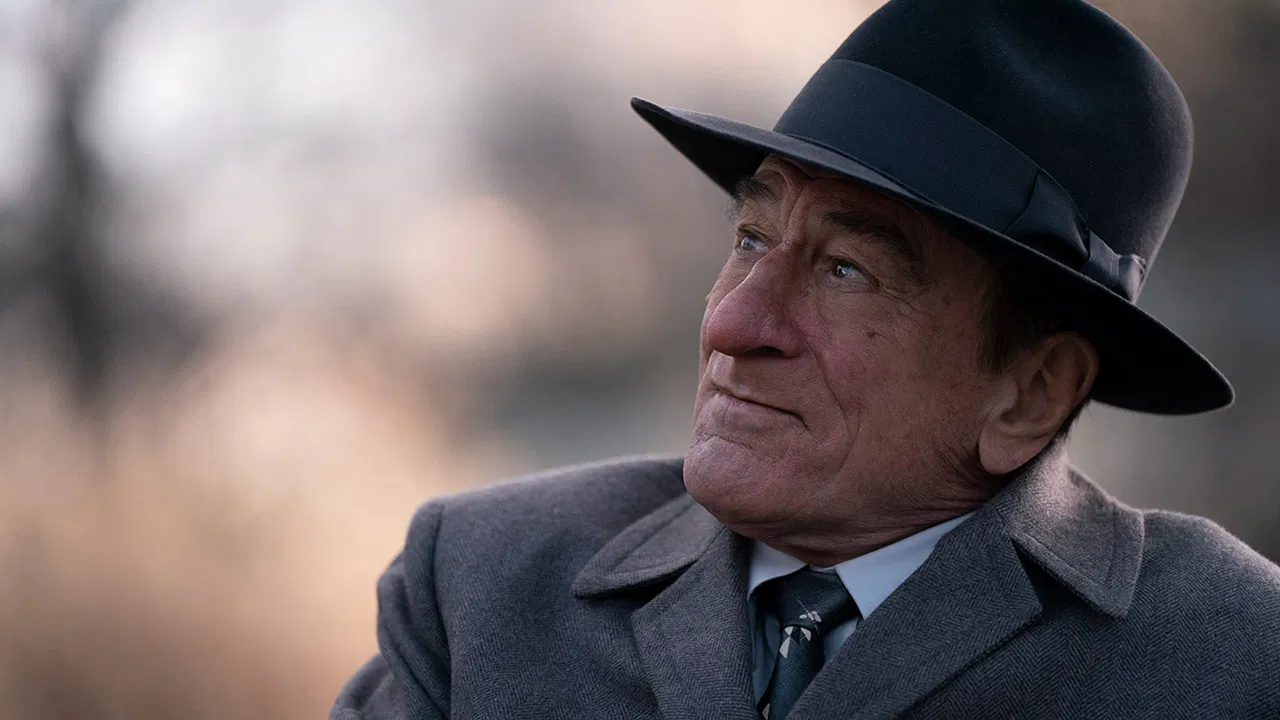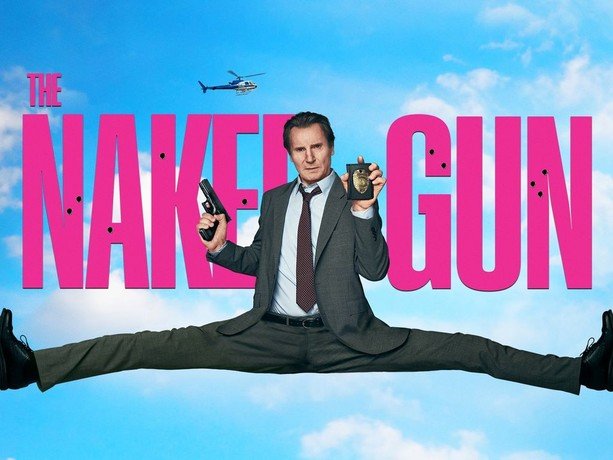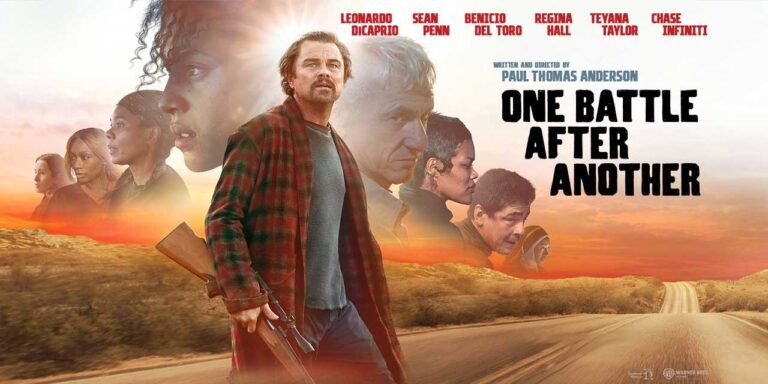
When the new film “The Alto Knights” was announced, directed by the legendary Barry Levinson and written by the acclaimed screenwriter Nicholas Pileggi, responsible for adapting one of the greatest mafia films of all time, “Goodfellas,” there was a sense of excitement and anticipation. Add to that the involvement of the iconic Robert De Niro, playing not one, but two roles as rival mafia bosses, and it seemed like the perfect recipe for a gripping and powerful mafia drama. Unfortunately, the final product falls short of its lofty expectations, leaving viewers with a sense of disappointment.
In this in-depth analysis, we’ll delve into the various aspects of “The Alto Knights” and explore why it ultimately fails to live up to its promise. From the problematic screenplay to the uneven performances, we’ll examine the film’s shortcomings and discuss why it ultimately feels like an anachronistic and forgettable entry in the mafia genre.
The Flawed Screenplay
One of the primary issues with “The Alto Knights” lies in its screenplay, written by Nicholas Pileggi. Known for his masterful work on “Goodfellas,” Pileggi’s writing here falls short, struggling to maintain the same level of depth and complexity that made his previous mafia-centric work so compelling.
The film’s narrative structure, which relies heavily on flashbacks and voiceover narration, feels disjointed and ineffective. The use of these storytelling devices, which were so effectively employed in “Goodfellas,” comes across as a crutch in “The Alto Knights,” serving more to patch up the film’s structural issues than to enhance the overall experience.
Additionally, the characterization of the two mafia bosses, played by De Niro, lacks the nuance and depth one would expect from such an experienced actor. The contrast between the strategic Frank Costello and the more volatile Victor Genovese is established, but it never truly resonates with the audience. The film’s attempt to explore the dichotomy between planning and violence within the mafia hierarchy feels rushed and underdeveloped.
Overreliance on Nostalgia and Fan Service
One of the most striking aspects of “The Alto Knights” is its heavy reliance on nostalgia and fan service. The film’s setting in the tumultuous 1950s New York underworld, coupled with the presence of iconic mafia figures like Frank Costello and Victor Genovese, feels more like a checklist of mafia movie tropes than a cohesive and compelling narrative.
The film’s attempts to recreate the atmosphere and aesthetics of the era, while admirable, often come across as superficial. The attention to period details, such as the costumes and production design, is commendable, but it fails to truly transport the audience into the world of the characters. Instead, the film feels more like a pastiche of familiar mafia movie elements, lacking the depth and authenticity that made classics like “The Godfather” and “Goodfellas” so impactful.
Furthermore, the film’s reliance on Robert De Niro’s star power and his iconic mafia roles from the past feels like a crutch. While De Niro’s performances are solid, the film’s overemphasis on his dual roles as the two mafia bosses becomes more of a gimmick than a meaningful narrative device. The audience is left with the sense that the film is more interested in catering to De Niro’s fans than in crafting a compelling and original story.
Uneven Performances and Lack of Depth
Despite the impressive cast, “The Alto Knights” struggles to deliver consistently strong performances. While Robert De Niro’s work is undoubtedly the highlight of the film, even his talents are hampered by the limitations of the screenplay.
The supporting cast, which includes a number of talented actors, is largely underutilized. Characters like Victor Genovese’s wife, Anna, are given little more than a cursory treatment, with their stories and motivations relegated to the background. This lack of depth and development in the supporting roles undermines the film’s ability to fully immerse the audience in the world of the mafia and its complex web of relationships.
Furthermore, the film’s pacing and editing choices often work against the performances, with rapid cuts and a disjointed narrative structure preventing the actors from fully inhabiting their roles. The result is a film that feels more like a collection of familiar mafia tropes and set pieces than a cohesive and engaging character-driven drama.
A Missed Opportunity for the Mafia Genre
In the end, “The Alto Knights” represents a missed opportunity for the mafia genre. With a talented director, a respected screenwriter, and the iconic Robert De Niro at the helm, the film had the potential to be a powerful and thought-provoking exploration of the complexities of the mafia world.
However, the film’s shortcomings, from the flawed screenplay to the uneven performances, ultimately prevent it from reaching the heights of the genre’s best offerings. Instead, “The Alto Knights” feels like a hollow exercise in nostalgia, a film that is more interested in paying homage to the past than in crafting a compelling and original story.
For fans of the mafia genre, “The Alto Knights” may provide a brief moment of entertainment, but it is unlikely to leave a lasting impression. The film’s inability to truly engage the audience or offer any meaningful insights into the world of organized crime leaves it feeling like a forgettable entry in a genre that has produced some of the most iconic and influential films in cinema history.
Conclusion
In the end, “The Alto Knights” is a disappointing and forgettable addition to the mafia genre. Despite the involvement of talented filmmakers and the iconic Robert De Niro, the film fails to deliver on its promise, succumbing to the pitfalls of nostalgia and fan service. The flawed screenplay, uneven performances, and lack of depth ultimately prevent the film from reaching the heights of the genre’s best offerings.
As a content creator, I encourage you to follow me on Instagram and consider becoming a member of my YouTube channel. Stay connected with me on X (Twitter) as well for more insights and commentary on the world of film and entertainment.



